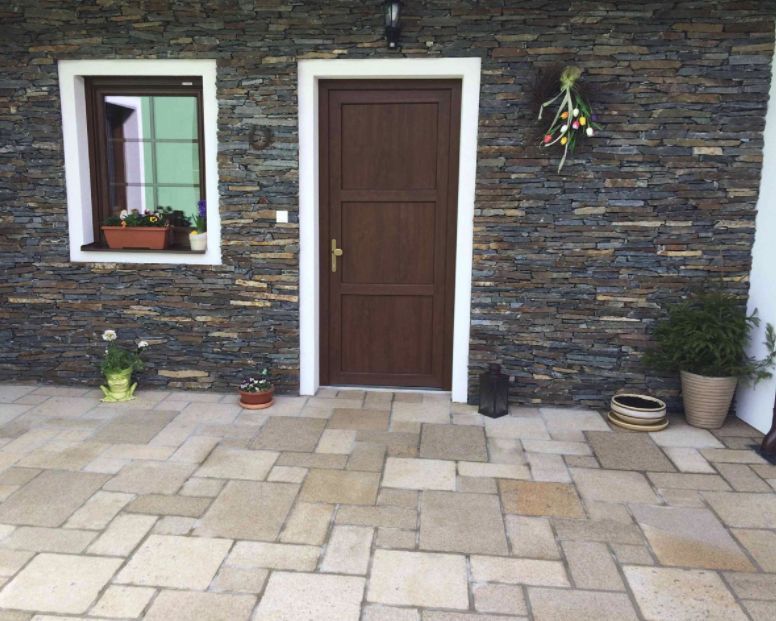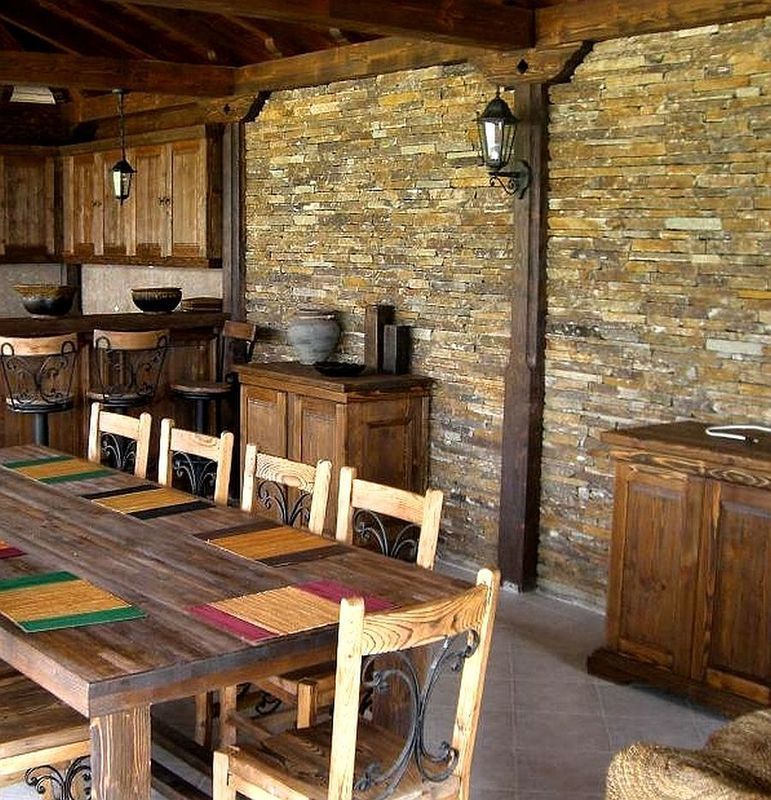Three types of natural stone

Based on how they are formed, we can identify three types of rock
– magmatic (igneous), sedimentary, and metamorphic (altered).
Magmatic rock is formed through the process of crystallization of magma. The structure of magmatic rock is defined by the succession of crystallization and gradual cooling of magma. The main magmatic rock types are granite, granite porphyry, quartz porphyry, basalt, etc. Sedimentary rocks were formed firstly by the transfer, deposition and cementation of eroded particles, secondly by a chemical process (precipitation from solutions), or thirdly by a biological process, in which the sedimentation is caused by a biological factor. Sedimentary rocks are mostly formed on the Earth’s surface or just below the surface at relatively low temperatures. The main types are sandstone, limestone, clay stone, travertine, etc. Metamorphic rocks arise from the transformation of existing rock types in a process that requires a high temperature, great pressure, and a specific environment (Earth’s crust factors). The duration and intensity of these factors determine the final appearance. Metamorphic rocks are e. g. crystalline limestone (marble), phyllite, granulite, etc.
Not just veneer, but also countertops, staircase, fountains and other elements
The timeless appearance of natural stone veneer and tiles in the exterior and interior makes them a popular and sought-after building materials. Natural stone keeps it appearance even after many years, joints can be restored, and the stone elements can be used in the city and the country. They are suitable for modern, rustic and other styles of interiors. Natural stone can be used for much more than just veneer and tiles. We can use it to make a number of construction elements, be it for the exterior or interior of our home or in the garden. Stone can be used for fountains, bird baths, columns or pillars, walls, washbasins, countertops, window sills, table tops, staircases, etc.
The imperishable natural stone veneer
The most common uses of natural stone are, of course, veneer and tiles. Natural stone veneer is virtually imperishable. It looks fantastic on the facade of the house, but also on the fences, interior walls, pergolas, columns, or low walls. It also goes well with stone paving or a stone staircase. We can use natural stone veneer for the entire facade, only some of its parts, or for the skirting. The same can be said for interior walls, fireplaces, etc. Veneer can be used to accentuate windows and door frames. The most current trend is using veneer to imitate a stone wall. In the garden we can use stone veneer around swimming pools and pool edges.
Natural stone veneer also serves as an excellent thermal insulation. When applied on the exterior walls, it prevents heat loss in winter and overheating of the interior in summer. Stone veneer can be also installed on thermal insulation systems.
In the interior we can use natural stone in the living room, entrance hall, bedroom, kitchen, bathroom, or toilet. We can choose from both regular and irregular veneer and tiles. Simply put, there isn’t a place in our home where natural stone veneer would look out of place.
Source: www.ceskestavby.cz




